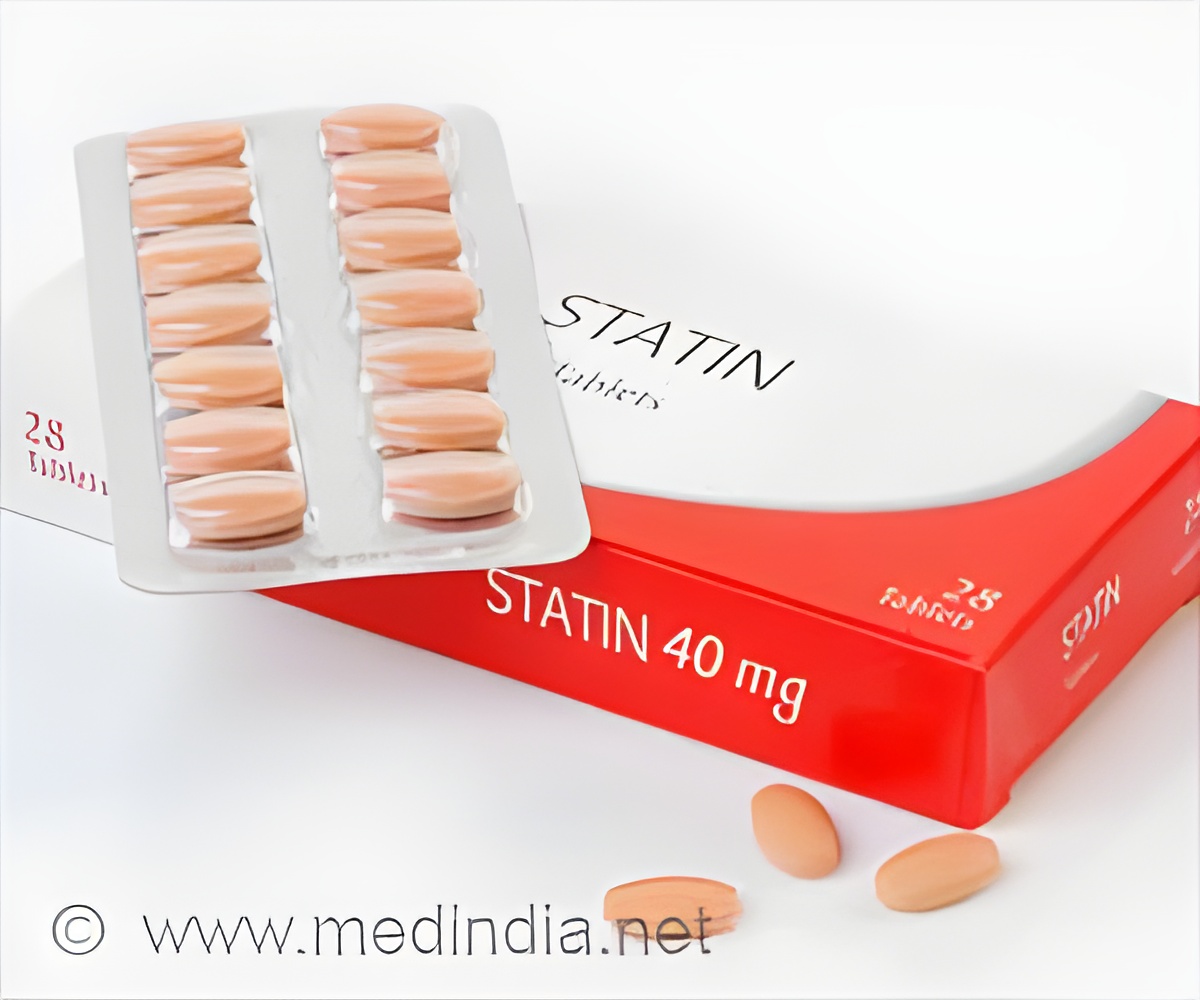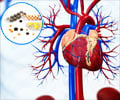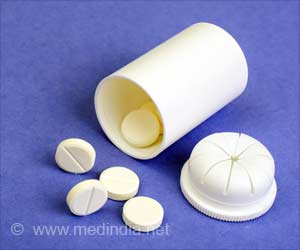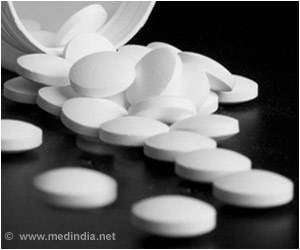Pharmaceutical scientists Professor Alexandra K. Kiemer und Jessica Hoppstädter from Saarland University have identified a potential causal relationship between statin usage and muscle problems.

‘People who engage in a lot of physical activity suffer more from muscle problems due to statins. And, they also impair the success of physical training programmes.’
Read More..




'According to figures from observational studies, muscle problems have been found to occur in 5% to 29% of cases. Older patients and female patients appear to be at greater risk of developing these symptoms, but so too are patients that are very physically active,' explains Alexandra K. Kiemer, Professor of Pharmaceutical Biology at Saarland University.Read More..
In 2018, more than 6 million patients in Germany were treated with statins. This would suggest that muscle problems may be affecting several hundreds of thousands of patients, potentially as many as 1.8 million, in Germany alone. The precise nature of the bodily processes that induce symptoms of muscle impairment has not yet been fully characterized.
Alexandra K. Kiemer and her research group may now have identified the actual cause of the muscle pain affecting patients receiving statins. They believe that a protein known as GILZ is responsible. 'The acronym GILZ stands for glucocorticoid-induced leucine zipper,' explains Professor Kiemer. Over the years, her research group has conducted numerous experimental studies into this particular protein.
'The main function of GILZ is actually to suppress inflammatory processes in the body. Statins prevent cardiovascular disease not only by lowering blood cholesterol levels, but also by reducing vascular inflammation.
That's why we thought there might be a connection between statins and GILZ. Our data indicate that the presence of GILZ in the body can have both positive and negative effects,' says Kiemer. Building on this initial conjecture that there might be a link between the protein GILZ and statins and their side effects, the pharmaceutical researchers began analysing numerous datasets drawn from research databases available around the world.
Advertisement
This, however, leads to impaired muscle function, because increased GILZ production results in an increased rate of muscle cell death. In addition, the formation of muscle fibres is inhibited,' says Alexandra K. Kiemer.
Advertisement
There also seem to be indications that people who engage in a significant amount of physical activity suffer from muscle problems when prescribed statins. Furthermore, the statins appear to impair the success of physical training programmes.
The pharmaceutical researchers led by Alexandra K. Kiemer are therefore planning a new study to be conducted in collaboration with the sports medicine physician Anne Hecksteden from the research group headed by Professor Tim Meyer at Saarland University.
'We have some evidence that there is a link between statins, physical activity and the GILZ protein, and our plan is to shed more light on how these factors interact with each other,' says Professor Kiemer.
Source-Eurekalert












